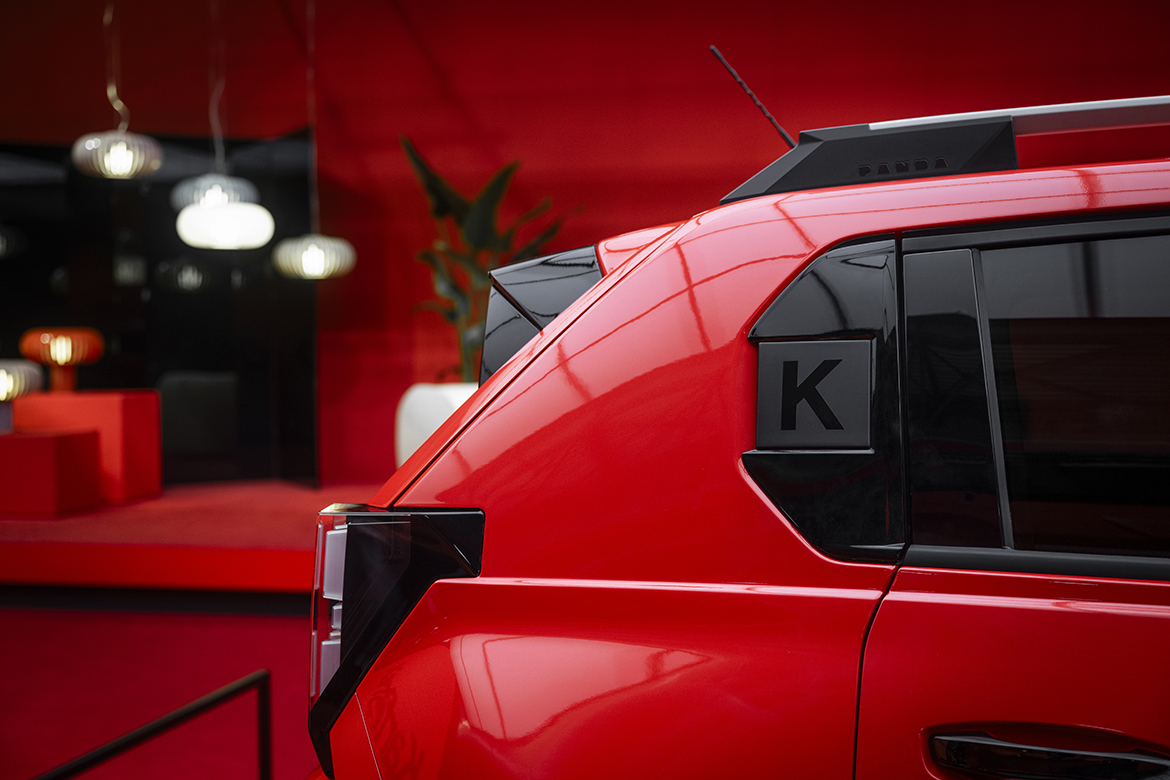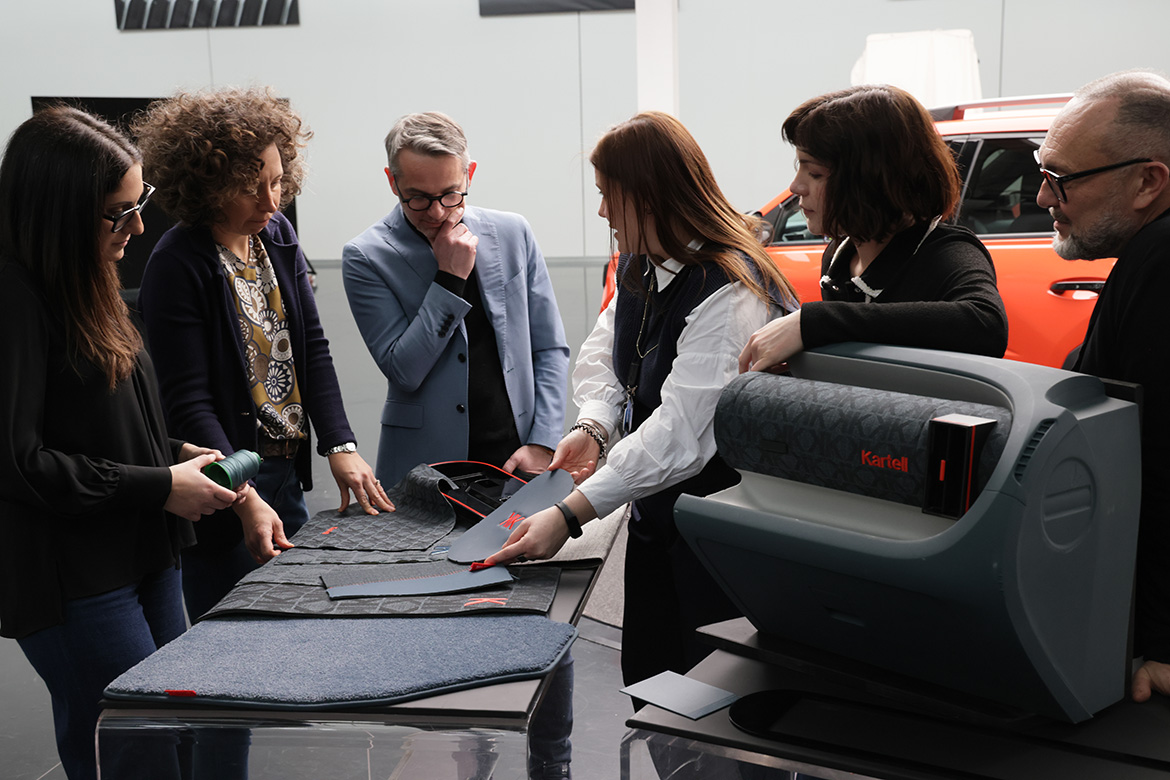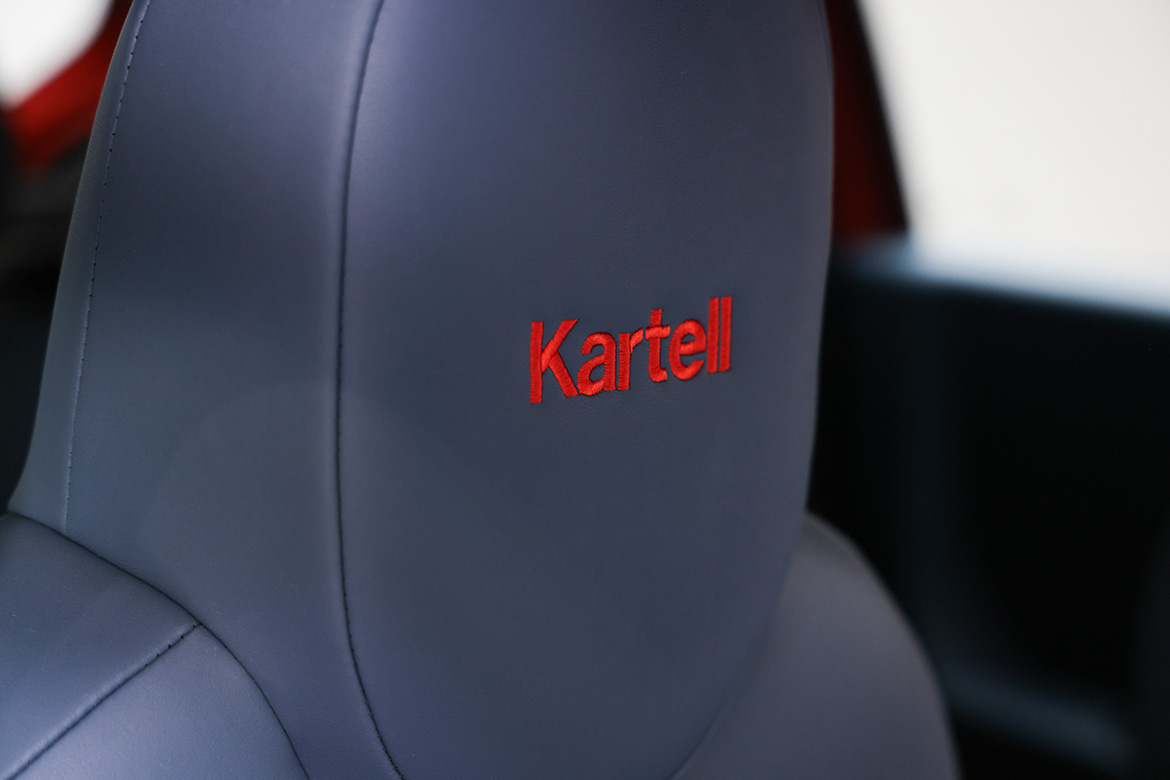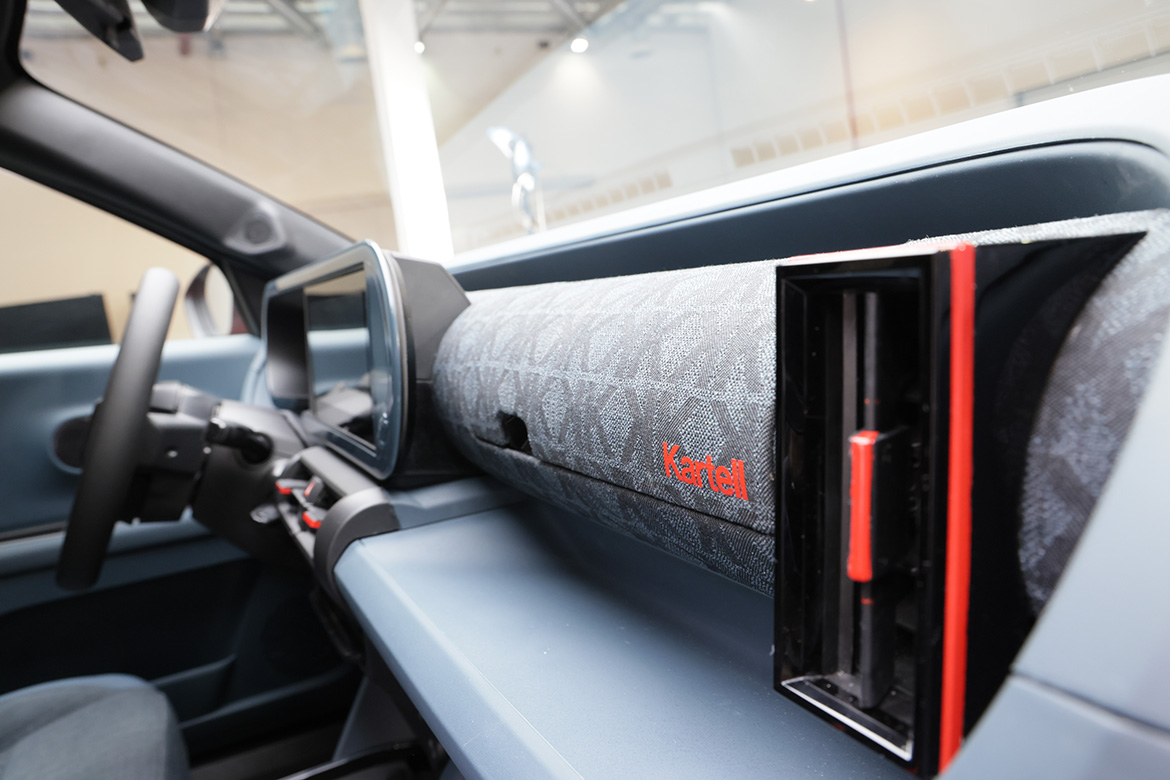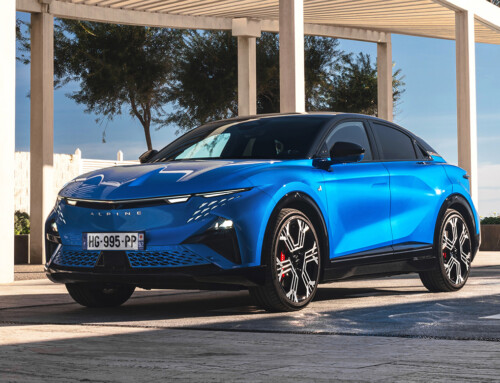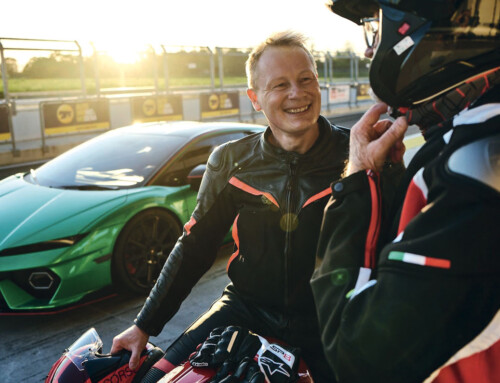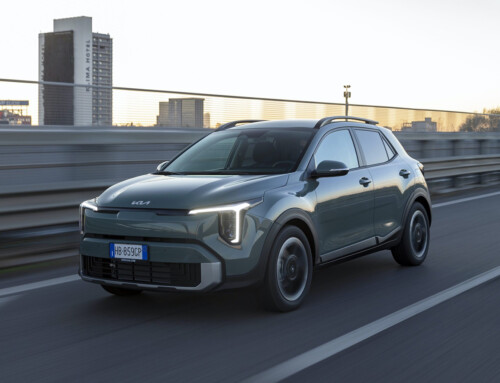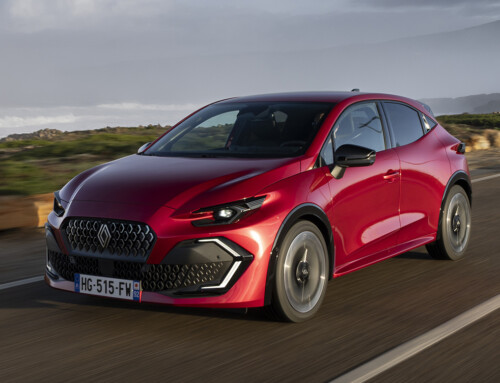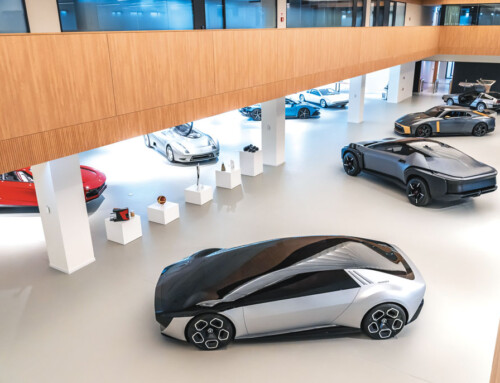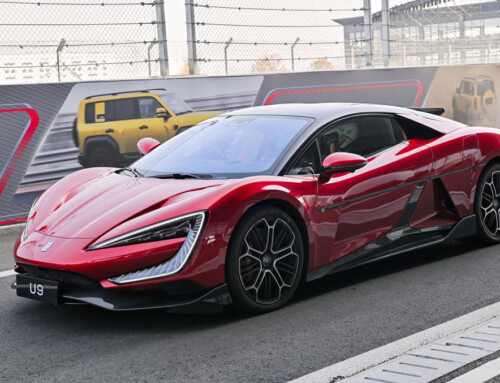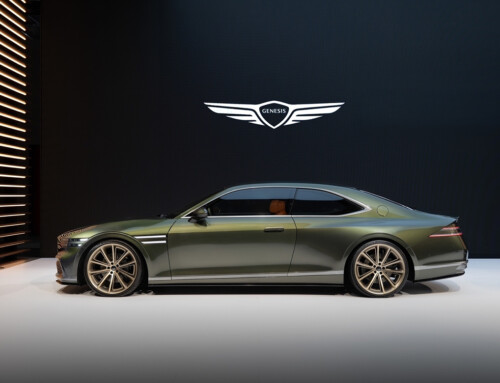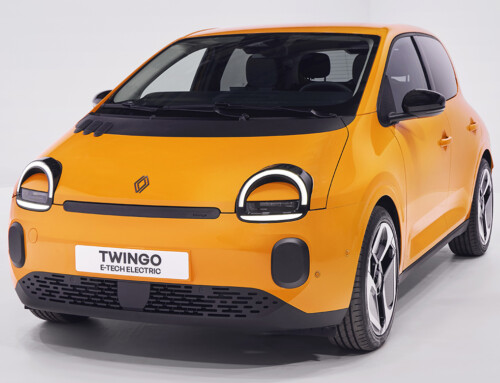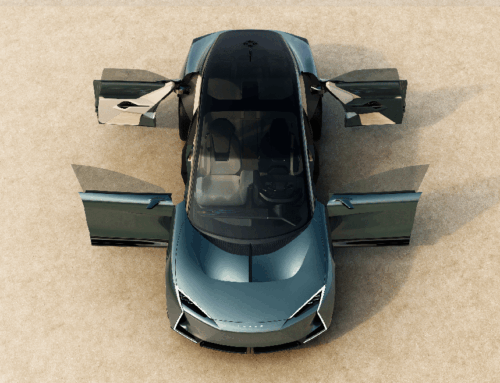At the centre of the large Kartell stand, surrounded by the latest products of the well-known furniture company, the new Fiat Grande Panda Kartell was unveiled to the public at the Salone del Mobile on its first day. The collaboration, recalls Lorenza Luti, Kartell’s marketing director, reinforces a relationship dating back to the 1950s and the cup holder that entered the history of Italian design for the first generation of the Fiat 500. A bond that has evolved over time with projects such as the Fiat 500e Kartell of 2020, created together with the Fiat Style Centre, and now with this concept car that is the result of a collaborative workshop. This is not a special edition designed for the series, nevertheless the project marks a significant moment for Fiat and its return to segment B as well as highlighting the fusion of automotive and furniture design.
François Leboine, Fiat & Abarth Head of Design, confirms this: ‘We sought to ensure that each of the two brands could effectively translate its own language. In Kartell’s case through the colour belonging to its corporate image and its experience in dealing with plastic materials and fabrics in an innovative way. It was like using two approaches: a view from afar to capture the formal simplicity in its essence and a closer view to take care of the many details’.
Fiat Grande Panda Kartell communicates effectively from the vibrant red livery contrasting with the Tasmanian Blue interior and, for the sake of detail, the Kartell logo symbolises the ‘Love’ sign by becoming a central decorative element positioned at strategic points such as the rims, the rear, and the third pillar.
Interesting is the use in the interior of Polycarbonate 2.0, a second generation polymer derived from renewable sources already used by Kartell for some products. Sustainability between the automotive and product design sectors is central, so it is anticipated that the project may include a process called ‘tex to tex’ through which the fabric scraps of the Foliage armchair, reduced to waste fibres, will be rewoven for the seats. We imagine it is not easy to work on an icon like Panda, we ask. ‘We took the initiative to make a very distinctive car,’ continues François Leboine, ‘that doesn’t look like any other and tries to impose its own identity. More than a difficulty, it was an opportunity for us to create something that, while referring back to the original, could also be unique while preserving the expressiveness and simplicity that characterise it.


